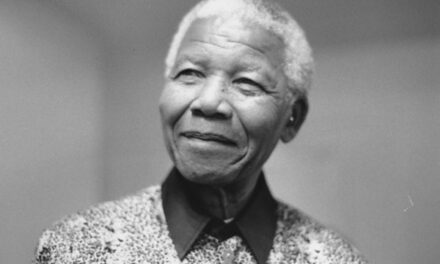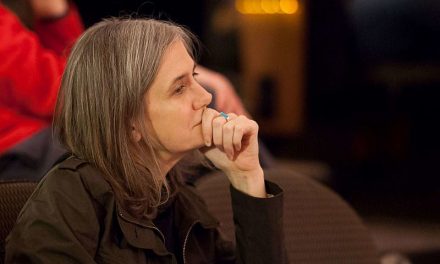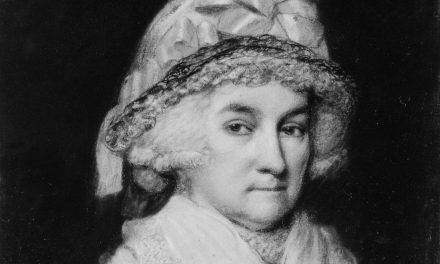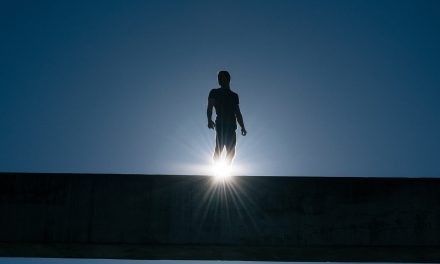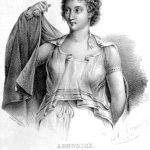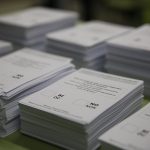Jan Palach was born on August 11, 1948, in Prague, Czechoslovakia, now the Czech Republic. He was a student of history and political economy at Charles University, Prague. Jan committed the ultimate sacrifice by setting himself on fire as an act of protest against the Soviet occupation of Czechoslovakia. His suicide by self-immolation took place on January 19, 1969.
BACKGROUND
During Jan’s life, Czechoslovakia was under the rule of a communist party and it served as a satellite state of the Soviet Union. Czechoslovakia was also a member of the Warsaw Pact. It may be unnecessary to add that as a socialist republic, the country undermined human rights and struggled with economic development. The people of Czechoslovakia gained high hopes during Prague Spring which began on January 5, 1968, when reformist Alexander Dubček was elected First Secretary of the Communist Party of Czechoslovakia. He immediately initiated liberalization reforms which included decentralization of the economy and democratization. Obviously, Alexander’s reforms were contradictory to the socialist ideology.
As a result, members of the Warsaw Pact led by the Soviet Union invaded and occupied Czechoslovakia on the eve of August 20, 1968. This joint military aggression successfully stopped Dubček’s liberalization with the price of civilian casualties, establishing control inside the Communist Party of Czechoslovakia and further undermining human rights and economic development. However, the invasion became one of the most important events in the history of the Cold War while many historians argue that it sparked the beginning of the end of the Soviet Union. That spark might have been the one made by Jan Palach’s match which he lit after spilling a bucket of gasoline on himself.
WEAPON OF MASS LIBERALIZATION
Inspired by the Buddhist monks who used the same tactic in Saigon to protest against the Vietnam War, Jan attempted “to wake the people of our country up”. It has already been 5 months since the Soviets and their servants invaded the country so the Czechoslovakian people started losing their hopes and were slowly giving up on resistance. The rest of the world was shocked enough with the invasion alone so Jan’s horrifying death immediately became a symbol of resistance. It happened in the main square in Prague: the most public place there is. Jan’s choice of the weapon of mass liberalization was the one with the highest self-infliction of pain. There were many before him and many after him who applied self-immolation as an act of protest but for many reasons, Jan remains one of the most remembered heroes and role models in this domain.
AFTERMATH
On the day of Jan Palach’s funeral, half a million citizens went to the streets forming the largest demonstration since the Soviet invasion. This aftermath alone was a success since Jan certainly succeed in “waking the people of his country up”. On February 25, 1969, only 50 days after his ultimate sacrifice another young student Jan Zajic followed Palach’s example and did the very same when he was only 18 years old. Zajic’s self-immolation further increased the tensions all over the world surrounding the Soviet invasion.
As with many other cases of democratic participation, other direct positive impacts of this case were not immediately visible. For the wheels of justice turn slowly, but grind exceedingly fine. On November 17, 1989, more than 20 years after this event began the Velvet Revolution – series of protest which led to the overthrow of the communist regime in Czechoslovakia. Many protesters were indeed inspired by and carried in their hearts the memories of Jan Palach and Jan Zajic which would have been among them if they have remained alive. Today, half a century after these horrifying events, Chezch Republic and Slovak Republic are some of the fastest progressing countries within the European Union and they represent a case of a successful transition to a liberal economy and democracy.
“People must fight against the evil they feel equal to measure up to at that moment.” – Jan Palach
Read more about Jan Palach in articles from The Guardian


